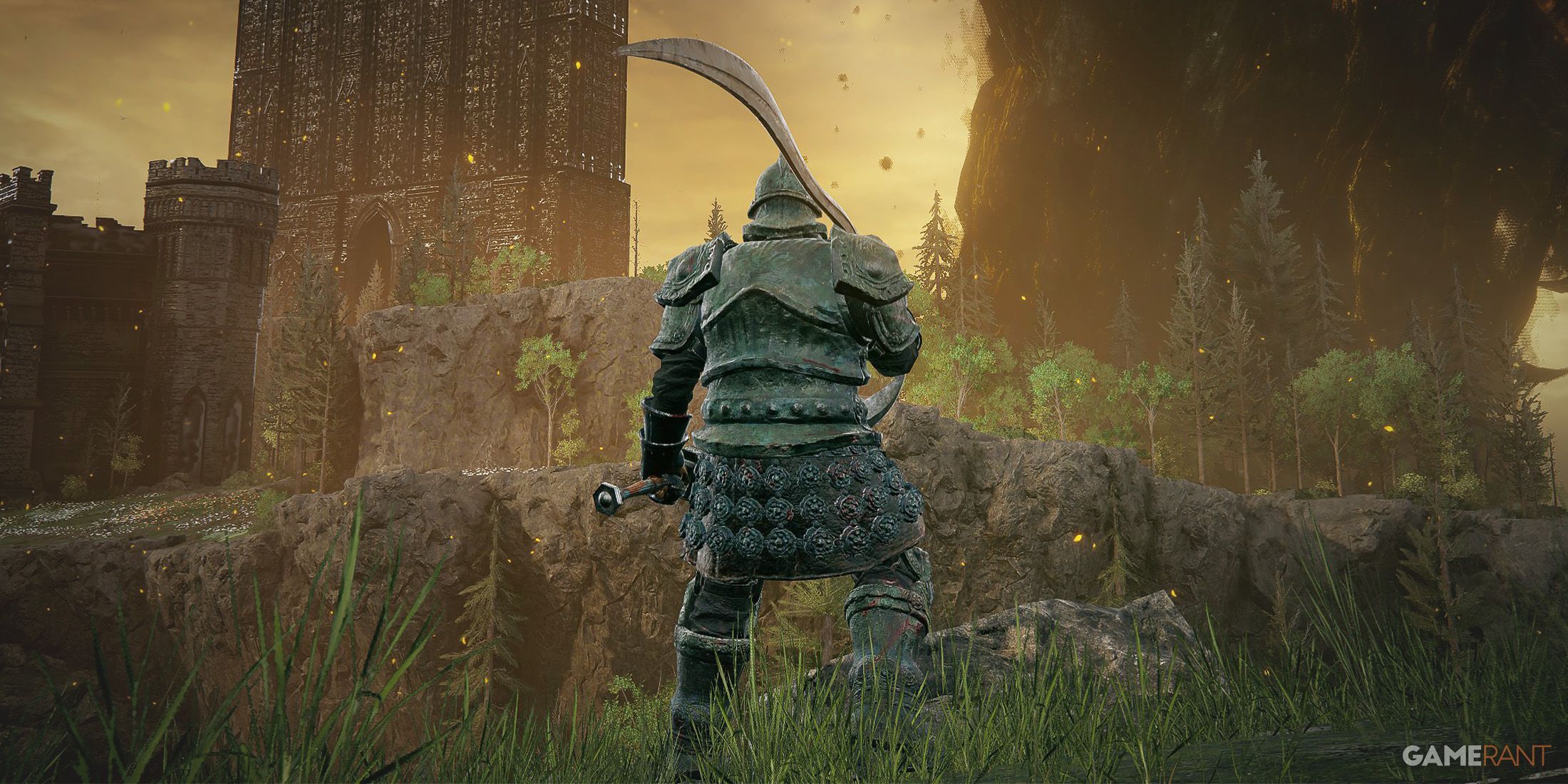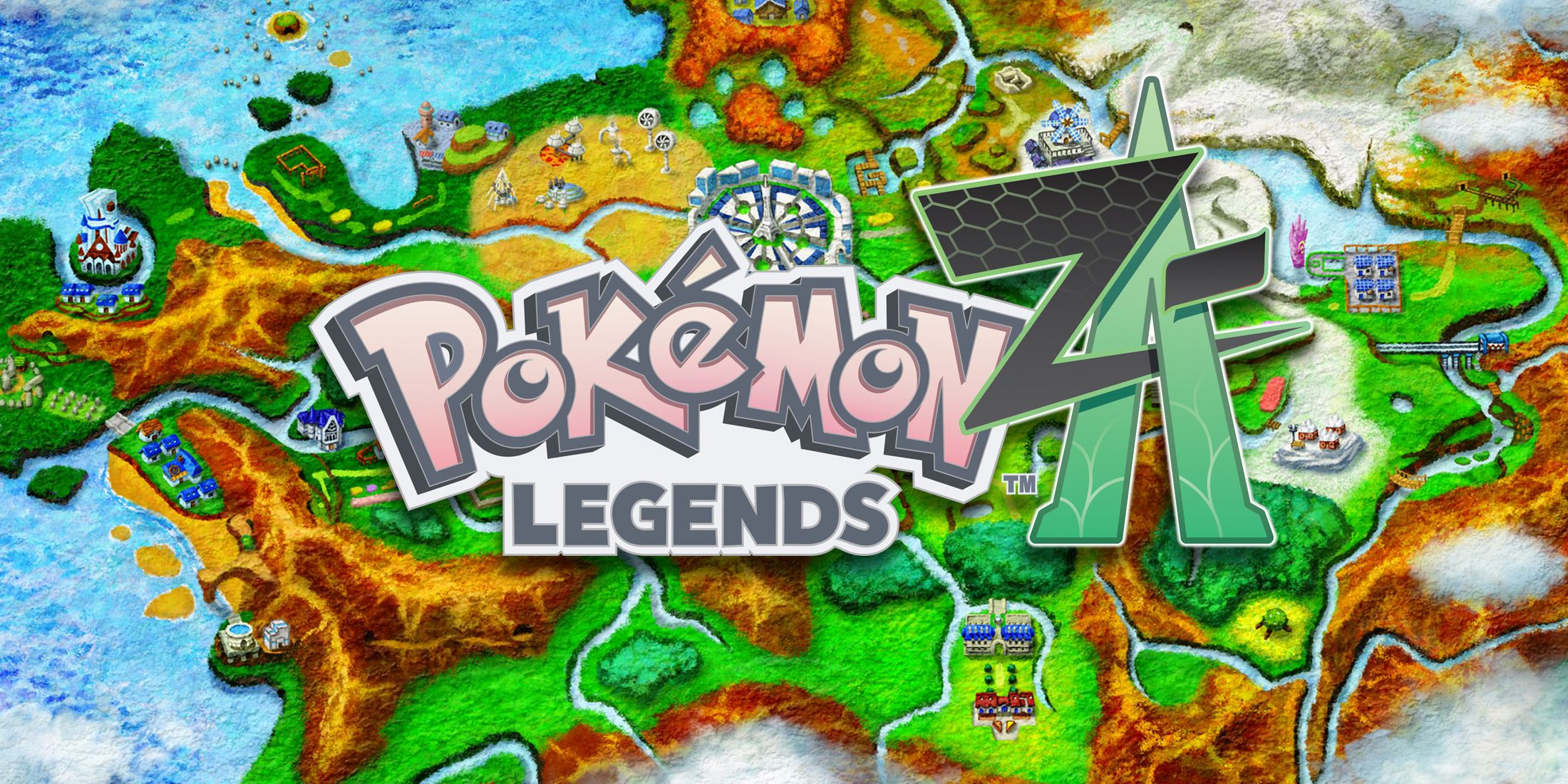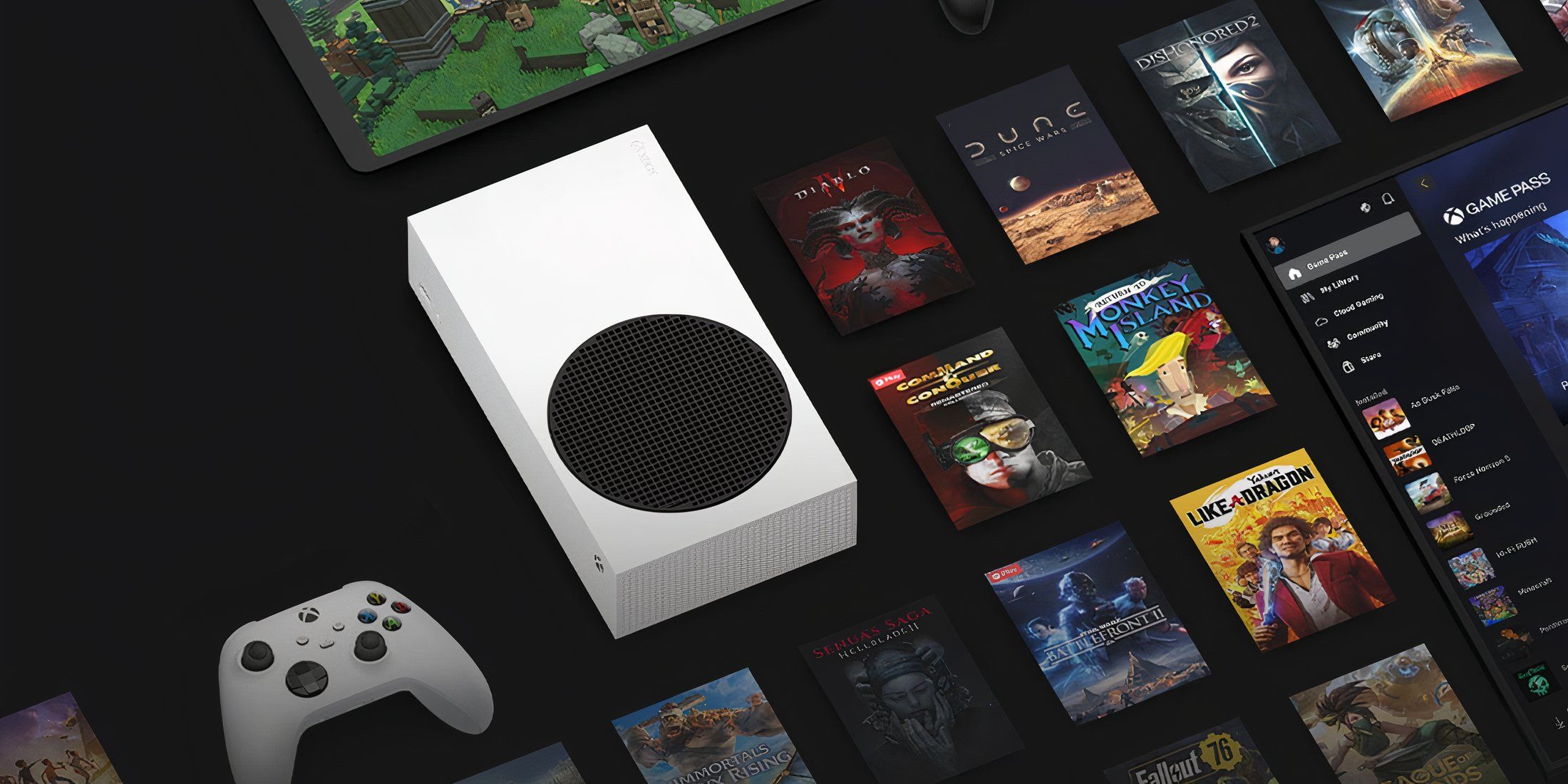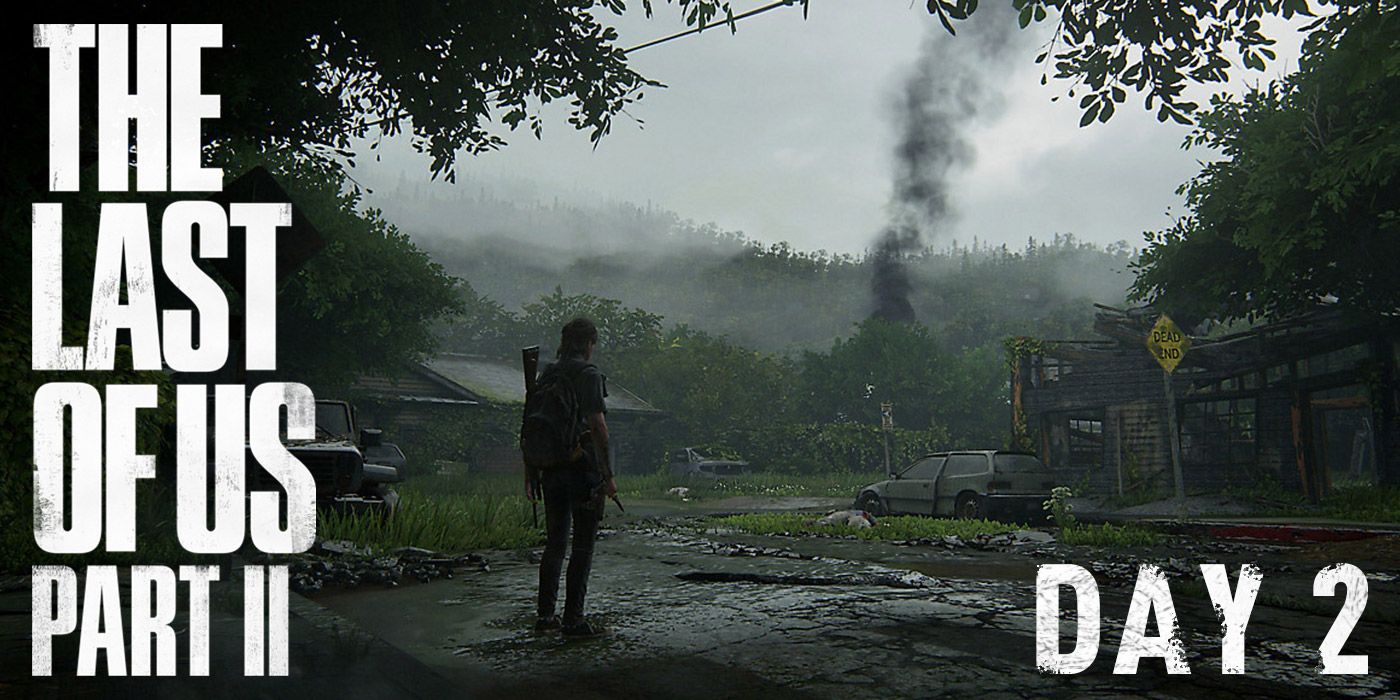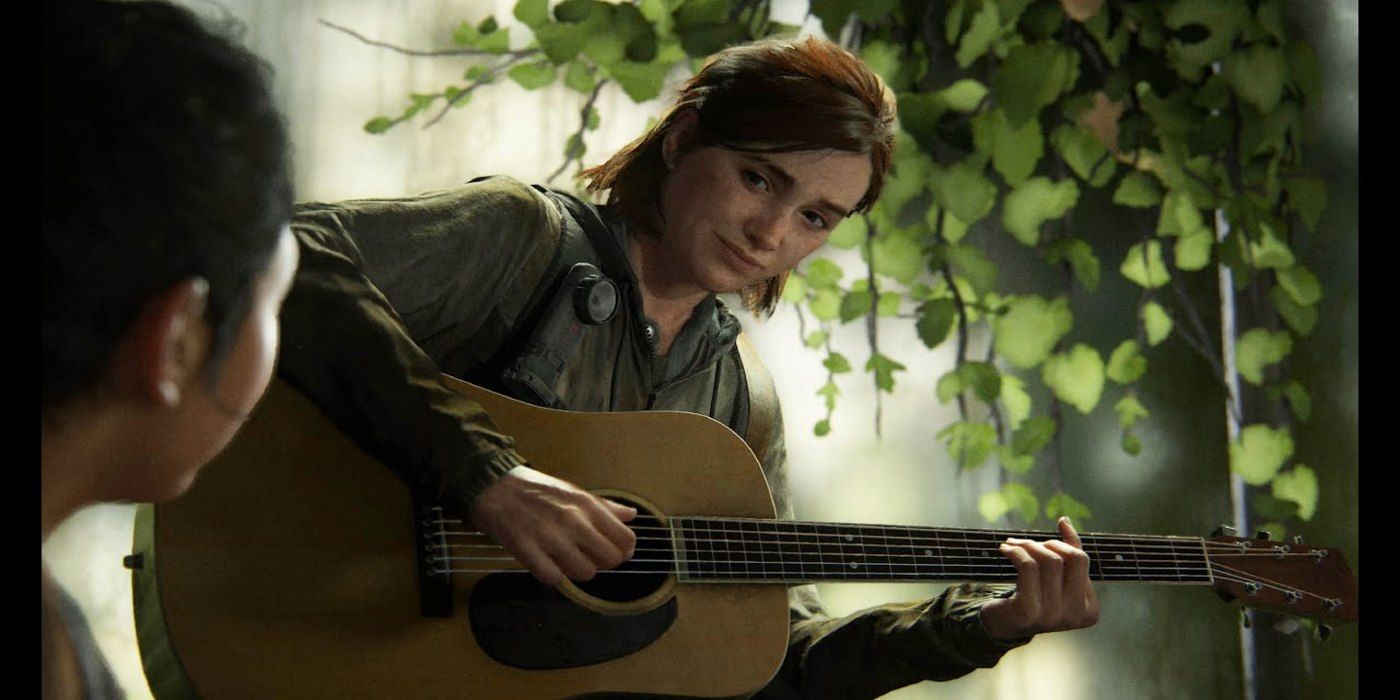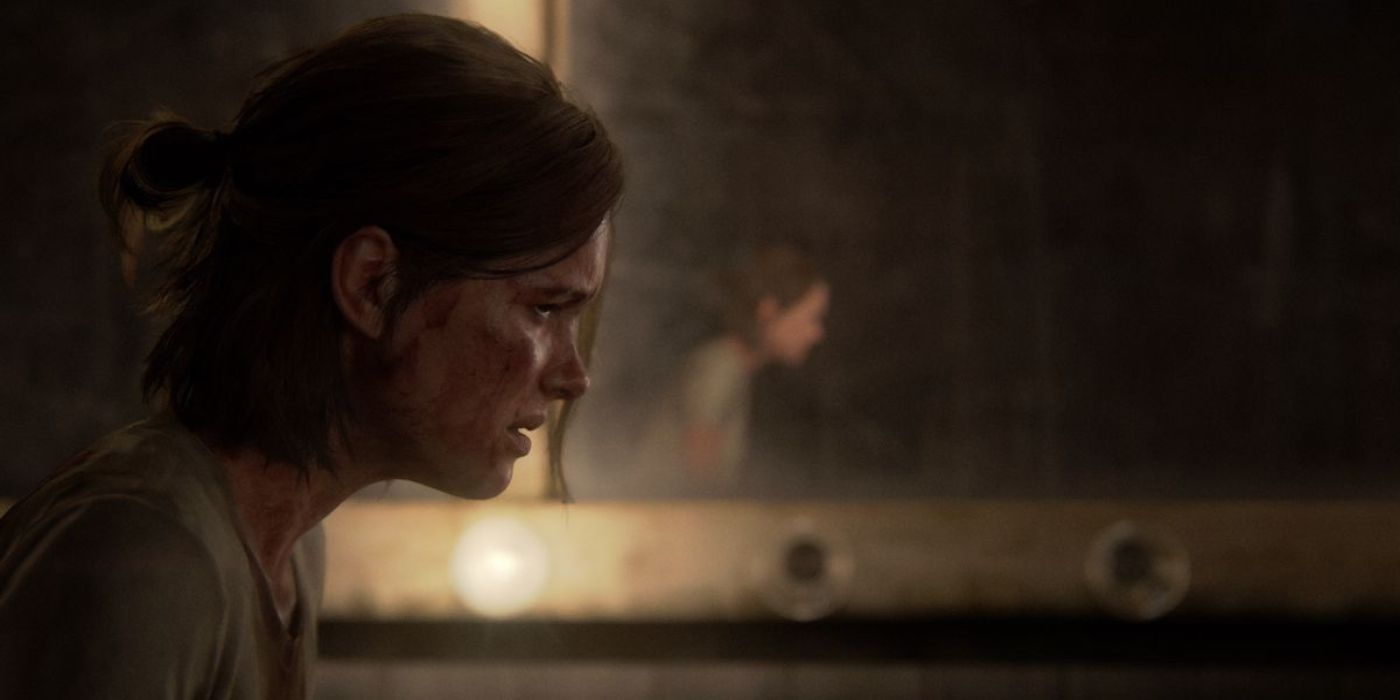The Last Of Us 2 released to overwhelmingly positive reviews from fans and critics alike. While certain parts of the game may have disappointed some, there's no denying the fact The Last Of Us 2 pushed boundaries through its jaw-dropping visuals, smart cinematography, solid performances, intense score, satisfying gameplay, and dual-tone narrative.
2013's The Last Of Us was a tonal shift for Naughty Dog, a studio that had previously worked only on light-hearted titles such as Crash Bandicoot and Uncharted. With The Last Of Us, the studio went in a different direction. The world of The Last Of Us was raw, brutal, unforgiving, and consequential. Unlike the ludonarrative dissonance that plagued the Uncharted series, death in The Last Of Us meant something.
The Shift From Seasons To Days
The constant theme of death, survival, and hope was an indication of a sense of realism that the studio was trying to capture through its game, something that is slowly gaining popularity in the AAA games industry. With The Last Of Us 2, Naughty Dog took this to an entirely different level with its focus on the cycle of violence. While the company has received enormous applause for taking a surprisingly complex route to depict two sides of a different story, which is difficult to empathize with at times, there's one aspect of the game that doesn't have enough credits to its name.
The story of The Last Of us took place over the course of four seasons. It started in the Summer where Joel and Tess were looking for Robert in Boston QZ, whereas it ended in Spring, near Jackson County. In contrast, the prominent parts of the story in The Last Of Us 2 take place over the course of three days. Players first get to experience these three days in Seattle through Ellie's perspective, where she's out for vengeance, and then the same three days through Abby's perspective, where she's out for redemption.
One aspect where video game differs from movies is that, unlike the latter, it thrives in mundanity. It's the little moments in between that make the most sense, what matters the most, and in these moments Naughty Dog's true strength comes into the picture. In movies, time-lapse is essential as there isn't enough time to focus on every mundane element. Video game stories, on the other hand, could last several hours. It takes about 27 hours for the credits to roll in The Last Of Us ,2 and there is enough focus on the subtle, more intimate parts of the story.
This is especially significant in post-apocalyptic games where survival is of utmost importance. Here, every shot counts, every moment is important, and survival is not guaranteed. Most importantly, moment to moment progress in such genre precisely depicts the growth of its characters. While it is not entirely realistic, the day to day structure in The Last Of Us 2 takes an approach that feels organic and essential in comprehending its complex world.
Portraying The Immediate Aftermath
After the unfortunate events of Jackson, Ellie and Dina head out to Seattle to find the members of the WLF. The three days with Ellie allows players to, head-on, experience her struggling to deal with PTSD, her impulsiveness, and the ultimate transition that shoves her into a never-ending cycle of violence. Tucked away between these dramatic moments are the quiet ones, where Ellie is struggling in an empty theater, where Dina is cleansing Ellie's wounds, where Jesse is suggesting Ellie call the night off. Moments like these are important in survival horror titles, something that captures the immediate aftermath of an occurrence.
The Last Of Us 2 is filled with such moments. These moments suggest that these characters are mere humans, not heroes or warriors, struggling to save their lives and not of the world. They make mistakes, struggle, fight back, and eventually cope. In The Last Of Us 2, players get to witness such subtle moments that add many contexts to the actions of Ellie and Abby throughout the game. Most survival horror post-apocalyptic titles refrain from depicting moments that are not actively progressing the game's narrative. In The Last Of Us, players are suddenly thrust into the shoes of Ellie at the start of the winter season. Ellie is shown as a fearless hunter who has learned to look out for herself since players saw her last. This sudden transition from what was and was is, may progress the plot, but it misses out on key moments that might help explain these characters' behavior in a more explicable way.
In The Last Of Us 2, Ellie returns to the theater every night after accomplishing her task. This is analog to a normal routine in a person's life, who comes home from work at the end of the day, and at the same time struggle to cope up with their internal issues. Whereas most of the titles in this genre compel players to focus on overcoming the apocalypse, The Last Of Us 2's long journey gives an impression that it wants players to instead focus on thriving in the apocalypse. In the case of Abby, the three days that players get to spend with her is even more important, as it's the first time players get to live and experience her side of the story.
Abby is initially portrayed as a ruthless killer, though as players find out, there's more to her character. Playing as Abby allows them to relive the three days yet again, but with a different lens. Abby, like Ellie, has friends she cares about. Despite her callous aura, Abby's emotions are perplexing, something that players get to witness in these three days. This is a transcendent experience that depicts Abby's internal struggle to find redemption, overcoming fear, and finding solace in Lev's company. The three consecutive days that players spend with Abby allows them to understand, sequentially, that she is as human as Ellie and the others.
While there's no word on The Last Of Us 3 just yet, it would likely continue Abby's story. It's hard to predict whether Naughty Dog would spread its narrative across days or seasons, though given how the prior works so well, it's hard to imagine another tense story in this world without it.
The Last Of Us 2 is now available on PS4.

